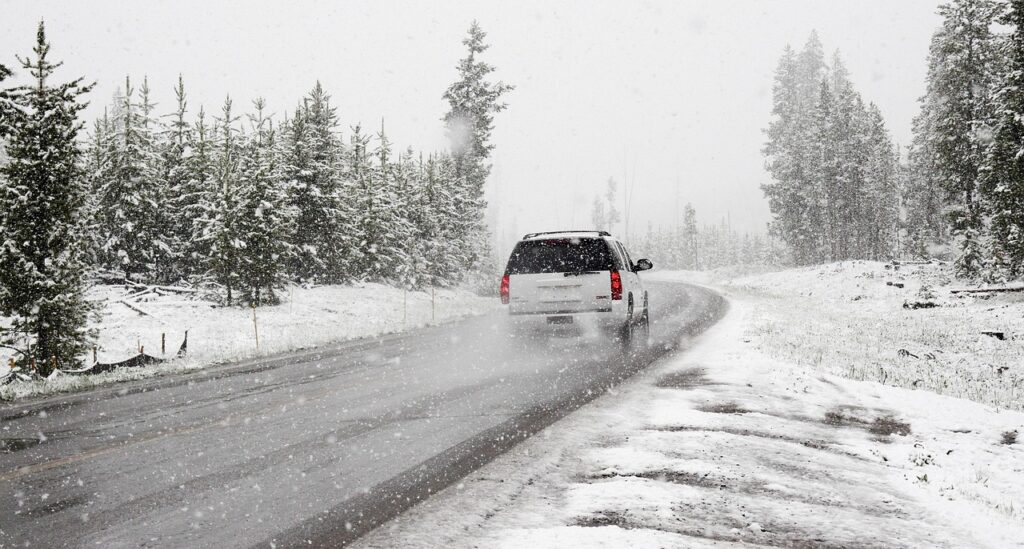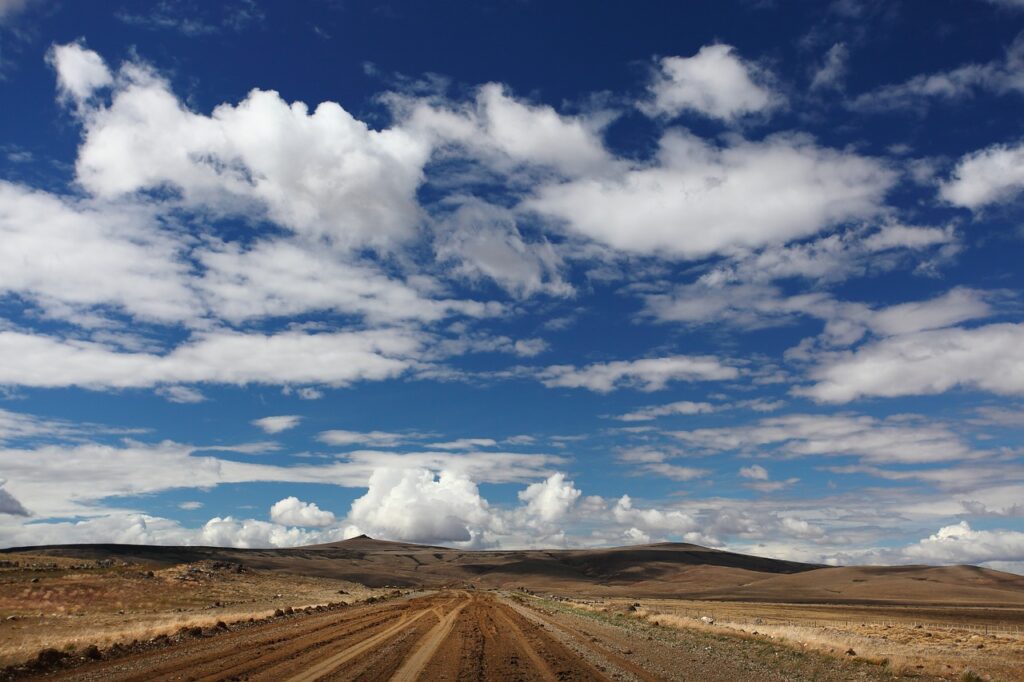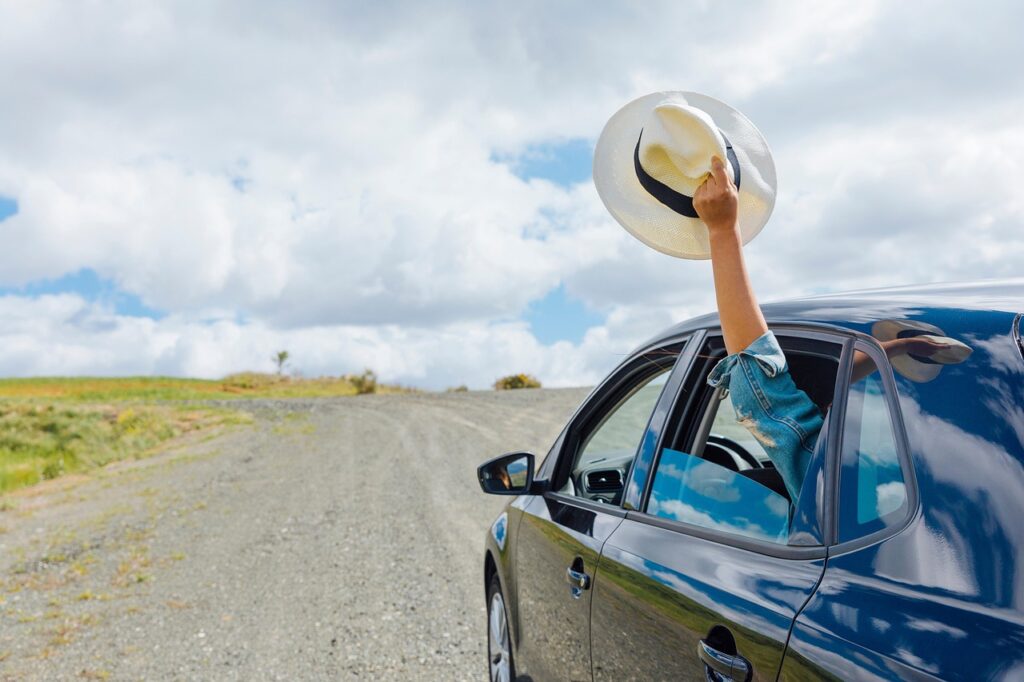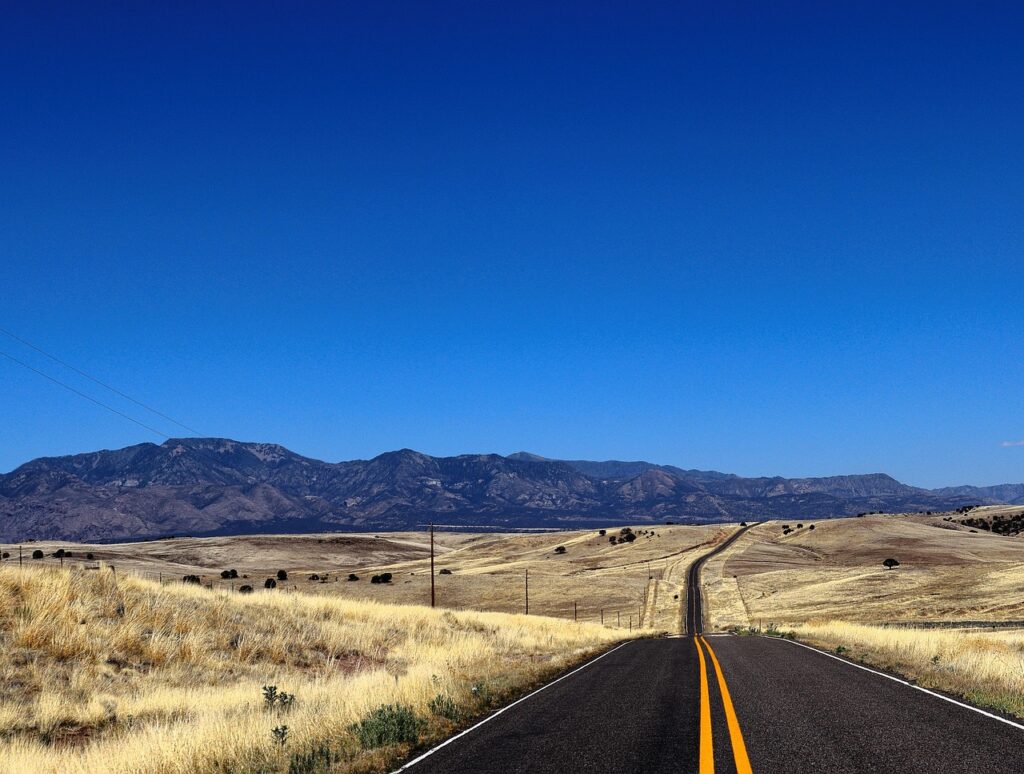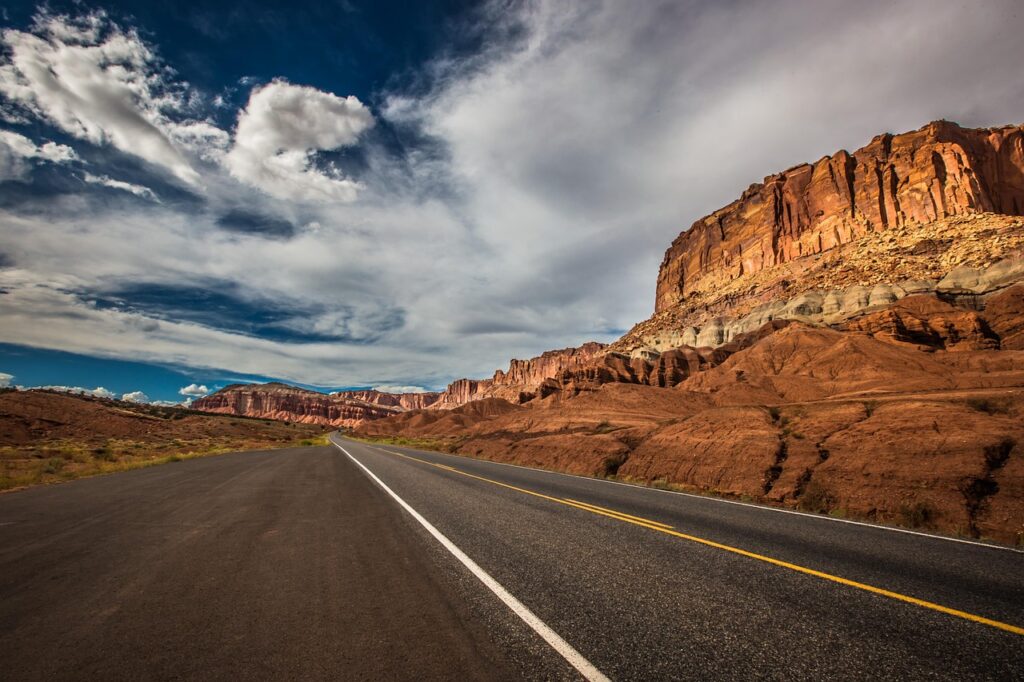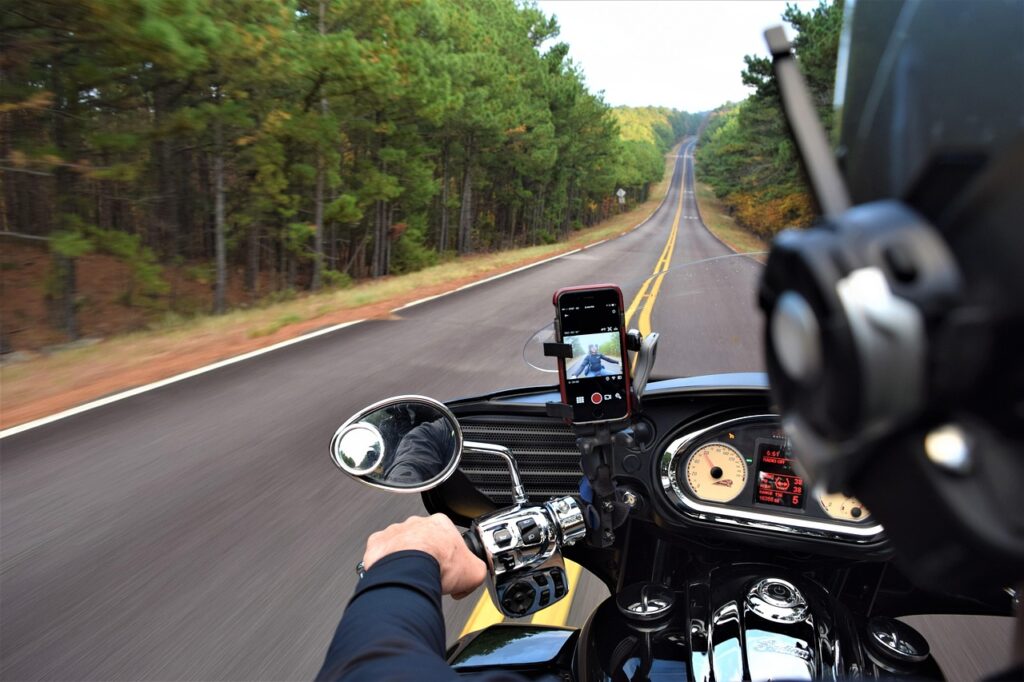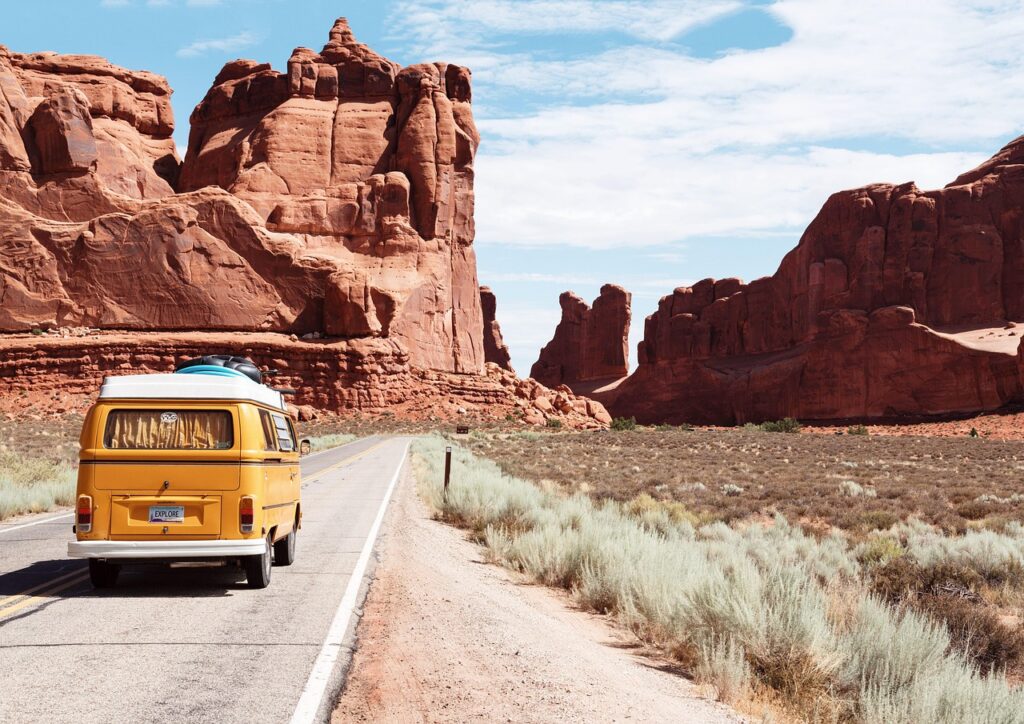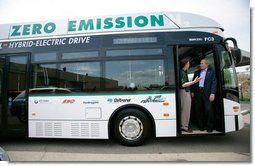In a striking shift in summer travel behavior, Americans are choosing highways over runways, and Teslas are being left in the garage. This observation, drawn from a new study by RoadRunner Auto Transport, encapsulates a significant trend reshaping the American travel landscape. The allure of the open road, a nostalgic emblem of freedom and discovery, is experiencing a profound revival, but with a distinctly modern twist. This resurgence is not merely a fleeting fancy but a strategic reimagining of travel, driven by a confluence of economic pressures, psychological shifts, and a renewed appreciation for intentional, controlled experiences.
The national survey of 1,000 U.S. travelers, conducted by RoadRunner Auto Transport, paints a clear picture: “2025 is the year of the strategic road trip, where control, cost, and convenience trump the allure of air miles and EVs.” This pronounced pivot signals a departure from pre-pandemic travel norms, reflecting a deeper desire among Americans to navigate their journeys with greater autonomy and a sharper focus on value. From avoiding the perceived anxieties of air travel to stretching budgets during uncertain economic times, the motivations behind this shift are multifaceted and deeply resonant with the contemporary American experience.
As we delve into this transformative era of travel, it becomes clear that the “New American Road Trip” is about more than just a mode of transport; it’s a reflection of evolving priorities. Travelers are seeking “deeper, more meaningful experiences,” prioritizing “authentic connections with locals and unique journeys that leave a lasting impact.” It is about “traveling with intention and making memories that resonate long after the trip ends,” as noted by Sixt Magazine. This comprehensive exploration will dissect the key drivers and characteristics of this compelling revival, revealing why, for many, the journey itself has become the primary destination.
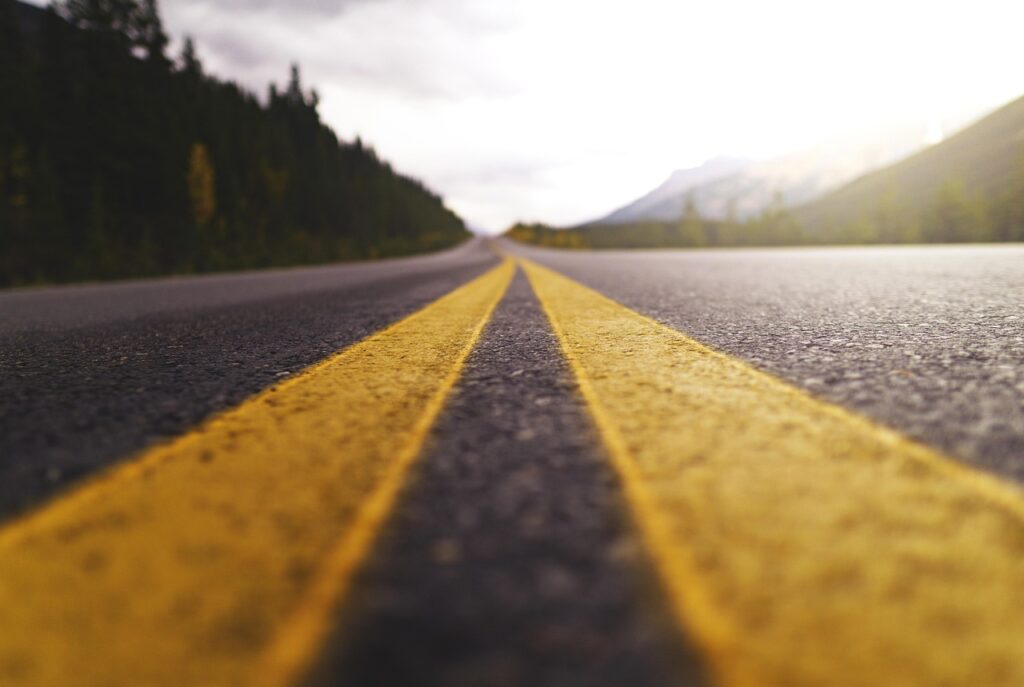
1. **The Resurgence Driven by Air Travel Anxiety**The contemporary resurgence of the road trip is significantly propelled by a palpable sense of anxiety surrounding air travel. While flying is statistically among the safest modes of transport, public perception and recent events have coalesced to foster a widespread apprehension that is altering vacation plans across the nation. This emotional response, rather than purely statistical fact, is demonstrably shaping how Americans opt to travel during the summer months.
A recent national survey by RoadRunner Auto Transport reveals that “Nearly half (45%) of Americans say recent airline crashes and malfunction coverage have convinced them to skip flights altogether.” This statistic underscores a powerful psychological barrier that has emerged, leading a substantial portion of the population to actively seek alternatives to air transportation. The constant flow of news regarding aviation incidents, regardless of their rarity, contributes to a heightened sense of perceived risk among potential flyers.
This sentiment is particularly pronounced among younger demographics, indicating a generational shift in travel preferences. The study highlights that “80% of Gen Z and 60% of Millennials say they’re actively avoiding air travel, compared to just 28% of Boomers.” This stark contrast illustrates that younger travelers, often more attuned to mental health considerations and potentially less trusting of institutional systems, are rewriting their vacation rules in response to this prevailing flight aversion.
Whether driven by mental health concerns or a broader mistrust of the skies, this widespread avoidance of air travel is a critical factor in the road trip’s renewed popularity. It signifies a profound re-evaluation of personal comfort and perceived safety, channeling vacationers towards the perceived security and autonomy of ground-based journeys. This fundamental shift underscores how emotional responses, not just empirical data, increasingly dictate travel choices.
Read more about: Vehicles of Scrutiny: Unpacking the Controversies and Illusions Behind Public Persona and Perilous Rides
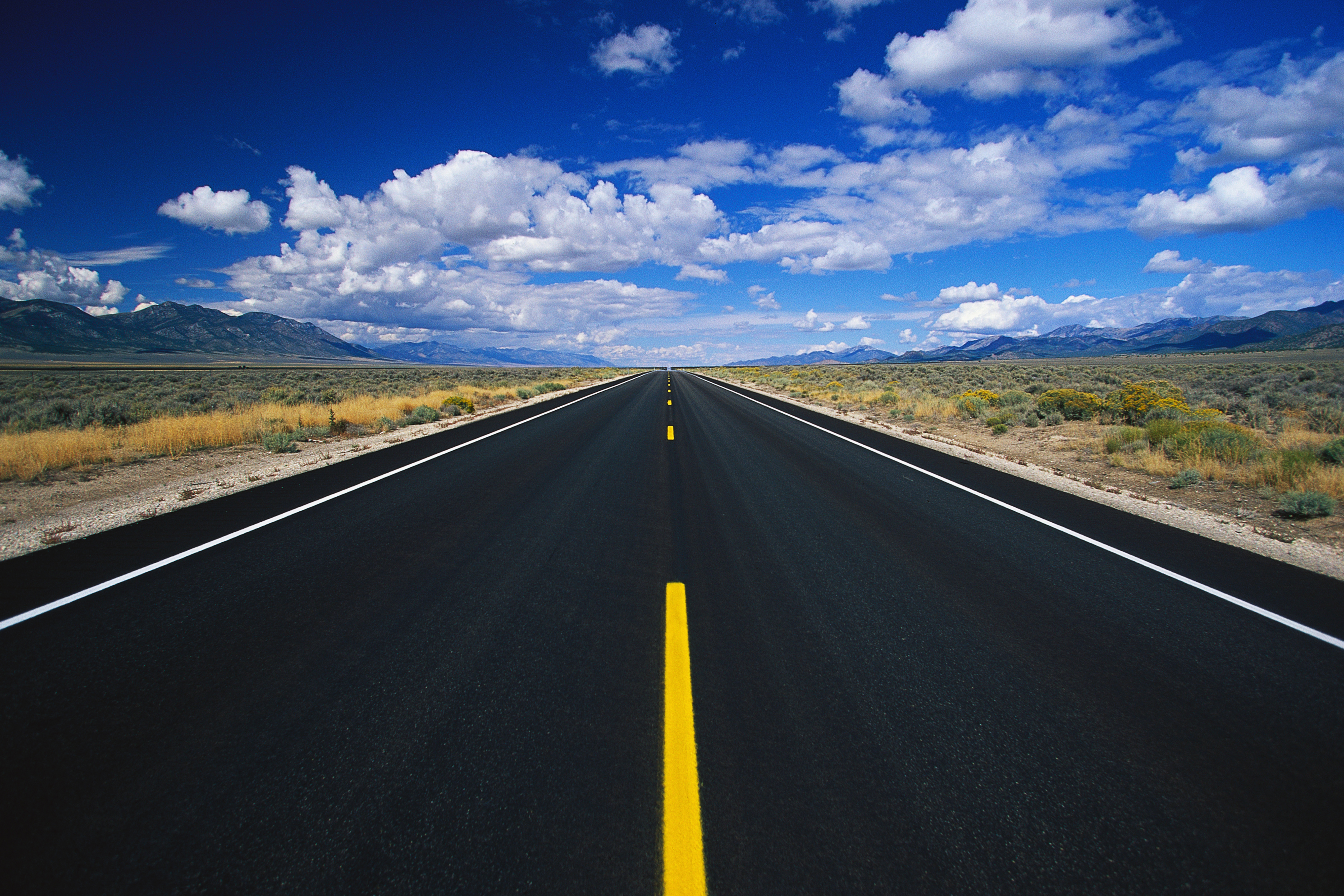
2. **The Road as an Antidote to Burnout and Stress**Beyond the concerns related to air travel, a significant proportion of Americans are embracing road trips as a direct response to the pervasive issues of stress and burnout. The open road, with its inherent sense of freedom and control, is increasingly viewed not just as a means of transportation but as a therapeutic escape, offering a tangible remedy to the pressures of modern life. This strategic reimagining of travel prioritizes mental well-being alongside destination objectives.
The RoadRunner Auto Transport study indicates that “A full 39% are road-tripping to combat stress and burnout, embracing the open road as both therapy and escape.” This finding suggests that for many, the act of driving itself, with its opportunities for solitude, scenic appreciation, and self-directed pacing, serves as a crucial mechanism for decompression. The ability to control one’s environment and schedule, unencumbered by the rigidities of air travel, contributes to a more relaxing and restorative experience.
This trend aligns with a broader desire for “deeper, more meaningful experiences” and “transformative experiences that promote mindfulness, self-reflection, and a deeper connection with the environment,” as highlighted in various travel insights. The journey by car allows for spontaneous stops, exploration of “hidden gems,” and a more immersive connection with the landscape, all of which contribute to a sense of rejuvenation that directly addresses the challenges of burnout.
The chief executive of Outdoorsy, Jeff Cavins, articulated this sentiment by stating, “The beauty of RV travel is that you’re not restricted by a glowing seatbelt sign in seat 24B. On the road, opportunity is at your fingertips and you can spend time exploring all hidden gems between Point A and Point B that you’d miss from 30,000 feet above.” This perspective emphasizes the road trip’s unique capacity to foster discovery and personal agency, transforming a simple journey into a powerful form of therapy and escape.
Read more about: The Quiet Revolution: How Meditation Apps Are Reshaping American Wellness in an Anxious World
3. **Navigating Economic Uncertainty with Strategic Road Trips**The current economic climate, characterized by volatility and uncertainty, plays a pivotal role in the resurgence of the road trip. For a substantial segment of the American population, travel decisions are increasingly influenced by budgetary constraints, making the road trip a financially viable and attractive alternative to more expensive modes of transportation, particularly air travel. This emphasis on cost-effectiveness is transforming how and where Americans choose to vacation.
As “68% of Americans tighten their budgets,” many perceive road trips as “the only way they can afford to travel this summer.” This stark reality underscores the economic imperative driving the shift from planes to cars. The ability to control expenses, from fuel choices to accommodation and food, provides a sense of financial security that is particularly appealing during periods of economic caution. The road trip, therefore, represents a practical and strategic choice for budget-conscious travelers.
Travel advisers have observed the impact of this uncertainty, noting that clients’ “top concern was economic uncertainty.” This concern is prompting a shift in booking patterns, with travelers “tending to now book closer in, rather than booking farther out.” This is because they “feel more comfortable with their situation over the next four to six months, as opposed to the next eight to 12, which is a normal booking window for big vacations.” This wait-and-see stance naturally favors more flexible and less pre-committed travel options like road trips.
As one traveler, Francisco Ayala, commented, “If you can save yourself a hassle and save yourself the money, this would be the year to do it.” This sentiment reflects a broader pragmatism among Americans who are seeking to maximize value and minimize financial risk in their travel plans. Road trips offer this flexibility, allowing for adjustments and cancellations with less financial repercussion compared to pre-booked flights and distant accommodations.
Read more about: Dealer’s Nightmare: The 8 Cars Nobody Will Buy Even with Massive Discounts
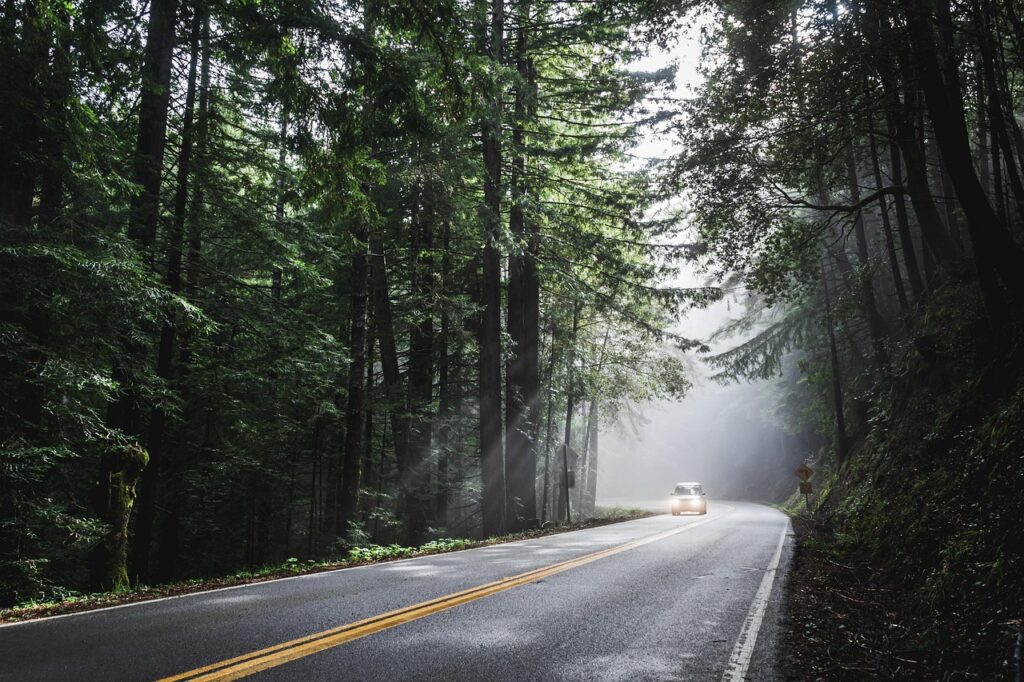
4. **The Shift Towards Shorter Routes and Extended Stays**The modern American road trip is redefining its geographical scope, moving away from the traditional image of cross-country marathons. A distinct trend has emerged where travelers are opting for shorter distances to their primary destinations while simultaneously planning for extended stays once they arrive. This recalibration of route length and duration reflects a desire for more focused, intentional, and less exhausting travel experiences.
According to the RoadRunner Auto Transport study, “Three out of five travelers are keeping their destinations within 500 miles, yet 96% are still planning multi-day getaways.” This data is particularly illuminating, demonstrating that the pursuit of shorter routes does not equate to brief vacations. Instead, it signifies a strategic choice to minimize travel time on the road, thereby maximizing the time spent enjoying the chosen destination and engaging in activities there.
This preference for “micro-trips” – described as “short getaways, typically more than 100 miles from home and lasting 2-4 days” – is an “especially ideal option for those in major cities who need a quick reset.” It offers “a practical solution for Americans navigating a desire for meaningful breaks without the commitment of a week-long vacation.” These shorter, more frequent trips are a key component of the evolving travel landscape.
The appeal of these micro-trips is manifold: “People don’t always want to wait for one long holiday recharge, and not everyone can take time off work.” This trend allows Americans “to travel more often and to more places without breaking the bank.” Such trips are “short enough to squeeze between work deadlines, spontaneous enough to be booked midweek, and refreshing enough to feel like a genuine break from the everyday,” proving that “short distances don’t mean short durations.”
5. **Savvy Budgeting: Cost-Saving Strategies on the Road**In an era where economic prudence guides many travel decisions, Americans embarking on road trips are implementing a variety of strategic cost-saving measures. These practical approaches extend beyond simply choosing driving over flying, encompassing everyday expenses that significantly impact the overall affordability of a trip. Travelers are demonstrating ingenuity in maximizing their budgets and ensuring their getaways remain viable.
One of the most prevalent strategies involves food. “Forty percent are packing meals to skip restaurants,” a tactic that directly addresses one of the largest discretionary spending categories during travel. This proactive approach to meal preparation and consumption allows travelers to allocate their funds more strategically, perhaps reserving splurges for unique experiences rather than routine dining. This echoes the broader trend of travelers being “savvy, adventurous, and value-conscious,” willing to “splurge on unforgettable moments… but they balance these expenditures with free or low-cost activities.”
Further cost-cutting extends to transportation logistics, as “nearly one-third are avoiding toll roads and cities with high parking fees.” These seemingly minor adjustments accumulate to notable savings over the course of a multi-day trip, contributing significantly to the overall affordability. The deliberate circumvention of these charges reflects a meticulous approach to financial planning for leisure travel.
Younger generations, particularly Gen Z, are pushing these strategies even further: “1 in 5 plan to skip car maintenance to afford their trip, while 53% will bring all their food, and 47% will split costs with friends.” These actions underscore a commitment to affordability, transforming the road trip into an accessible option even for those with tighter financial constraints. These varied approaches demonstrate a collective determination to make travel possible despite economic pressures.

6. **National Parks and Nature-Centric Destinations**The call of the wild and the grandeur of America’s natural landscapes are proving to be powerful magnets for road-tripping Americans in 2025. Nature-centric destinations, particularly national parks, have topped the list for summer getaways, reflecting a collective desire for outdoor experiences, reconnection with the environment, and a response to broader societal and ecological concerns. This preference highlights a shift towards destinations that offer both beauty and a sense of purpose.
The RoadRunner Auto Transport study clearly states that “Forty-three percent of Americans are visiting national parks,” making them the leading choice for road trip destinations. This overwhelming popularity is not uniform in its motivation; “one in five say it’s a direct response to climate change and federal funding cuts.” This suggests a conscious effort by some travelers to support and experience these natural treasures, perhaps driven by an awareness of their vulnerability or a desire to witness them before further changes occur.
Beyond these specific concerns, “Others are driven by nostalgia, discovery, or a desire to reconnect with people or themselves.” The intrinsic appeal of natural settings for rejuvenation and exploration remains strong. These destinations offer opportunities for “digital detox” and immersive experiences, providing a counterpoint to the demands of daily life and fostering a sense of peace.
The context further emphasizes that “The best road trip ideas include journeying through some of America’s most stunning national parks, from the Grand Canyon and Yosemite to Yellowstone and Zion,” reinforcing their iconic status and continued draw. Such adventures are often enhanced by renting vehicles like “a spacious 4×4” to accommodate “camping gear and hiking equipment, as well as the resilience needed to tackle unpaved roads and challenging terrain,” demonstrating the practical alignment of road trips with nature exploration.
Read more about: 16 Must-Know Tips for New RV Owners Before You Buy
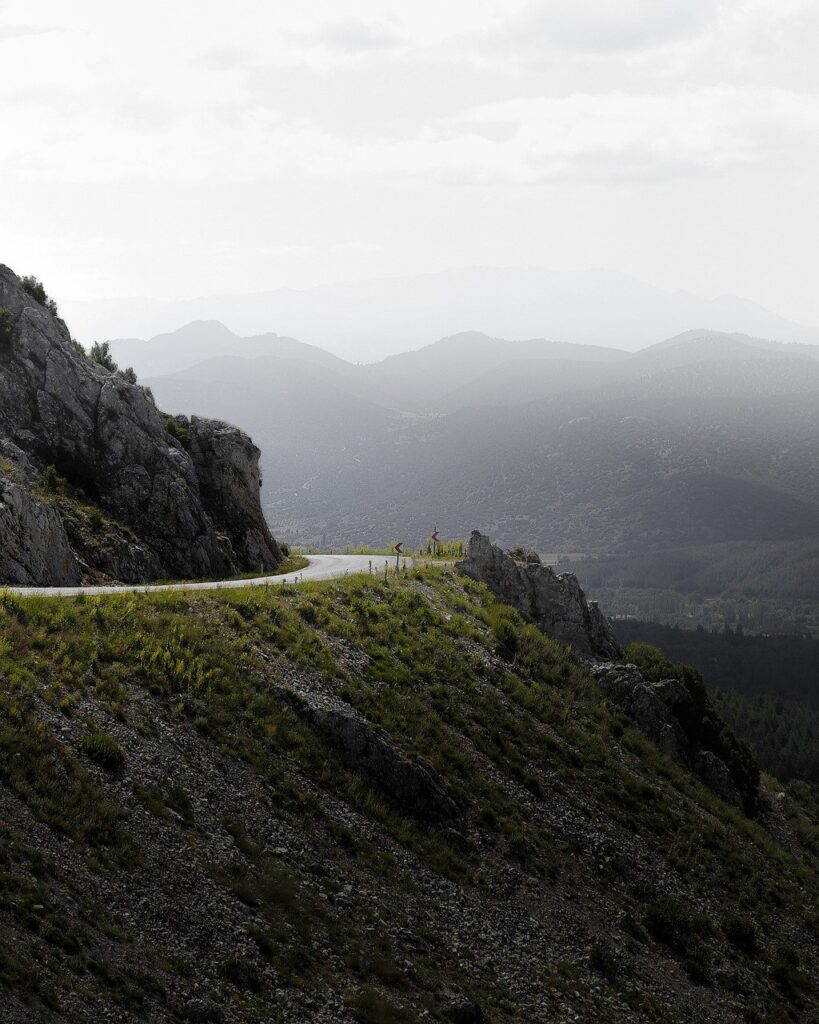
7. **The Unexpected Avoidance of Electric Vehicles: The Tesla Dilemma**Despite the growing emphasis on sustainability and the increasing prevalence of electric vehicles (EVs) in daily life, a surprising trend has emerged regarding their use for extended road trips. For many Americans planning their journeys, certain electric vehicle brands, specifically Tesla, are being actively excluded from consideration. This reluctance highlights a perceived incompatibility between the current EV infrastructure and the practical demands of long-distance automotive travel.
The study unequivocally reveals that “31% of Americans say they wouldn’t take a Tesla on a road trip, making it the most avoided brand for summer getaways.” This significant percentage underscores a collective hesitation rooted in practical concerns rather than a general aversion to electric vehicles as a concept. The principal factors driving this avoidance are clearly articulated: “Concerns over charging infrastructure, range anxiety, and trip logistics are all factors.” The convenience and predictability of gasoline-powered vehicles for lengthy journeys remain a significant advantage in the minds of many travelers.
This sentiment is not confined to a single demographic, though some groups exhibit a stronger inclination. While “Baby Boomers lead the avoidance trend, with 2 in 5 refusing to road trip in a Tesla,” even “among Gen Z, 25% say no thanks to Elon’s flagship EV.” This widespread apprehension across generations suggests that for the time being, the romanticized ideal of the spontaneous, free-ranging road trip is not yet fully compatible with the current realities of EV ownership.
This dilemma means that even as 2025 is poised as “the year of the strategic road trip,” the promise of an all-electric driving future for these extensive journeys has yet to fully materialize for a substantial portion of the traveling public. For many, Teslas are, quite simply, “not coming along for the ride,” prioritizing current practicality and established convenience over the nascent infrastructure of electric mobility for long-haul adventures.
While the foundational drivers behind the road trip’s resurgence are clear, the precise contours of this new era are also being shaped by a series of distinct emerging trends. These contemporary preferences are not merely reactions to economic or psychological pressures but represent a proactive redefinition of what a meaningful travel experience entails. From intentional disconnection to highly curated adventures, the modern road tripper is crafting journeys that resonate deeply with individual values and evolving lifestyles. This section explores these specific trends, illustrating how Americans are transforming the open road into a canvas for personalized discovery.
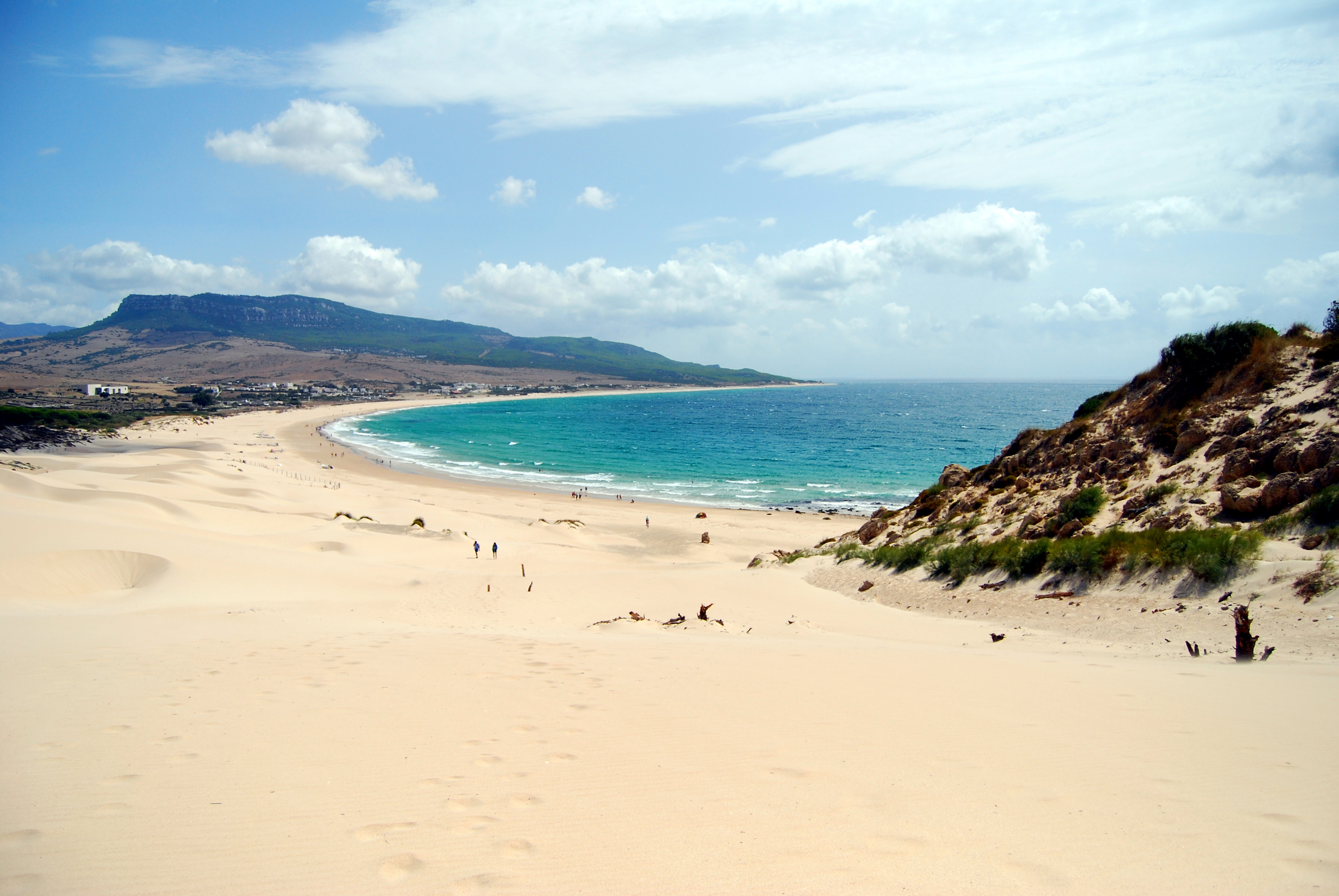
8. **Digital Detox and Off-Grid Destinations**In an increasingly hyper-connected world, a profound counter-trend is emerging among modern travelers: the deliberate pursuit of digital detox. This desire to disconnect from the constant demands of technology and social media is actively driving a surge in popularity for remote, off-grid destinations, offering a tranquil escape from digital saturation. These intentional journeys are not just about reaching a physical location but about achieving a mental reset.
Travelers are actively seeking opportunities to unplug, unwind, and immerse themselves in the natural world. This shift reflects a broader aspiration for transformative experiences that extend beyond conventional sightseeing, promoting mindfulness, self-reflection, and a deeper connection with the environment. The allure lies in finding a sense of peace, tranquility, and rejuvenation that is often elusive amidst the digital din of everyday life.
According to Forbes’ 2025 Travel Trends Report, the demand for off-the-beaten-track journeys and digital detox retreats is anticipated to continue its upward trajectory. This encompasses a variety of secluded options, from remote mountain cabins and eco-lodges that offer minimalist comforts to challenging hiking and camping expeditions that demand full engagement with the wilderness. These destinations provide the ideal backdrop for truly disconnecting.
Venturing into such remote and often rugged locations, however, necessitates careful planning, particularly regarding transportation. Navigating unpaved roads and challenging terrain demands a reliable and capable vehicle. For digital detox travelers, a robust SUV becomes an ideal choice, offering the necessary traction and resilience to reach even the most secluded havens. Equipping such a rental with a GPS, as recommended by Sixt, ensures seamless navigation without reliance on cellular data, fully supporting the unplugged experience.
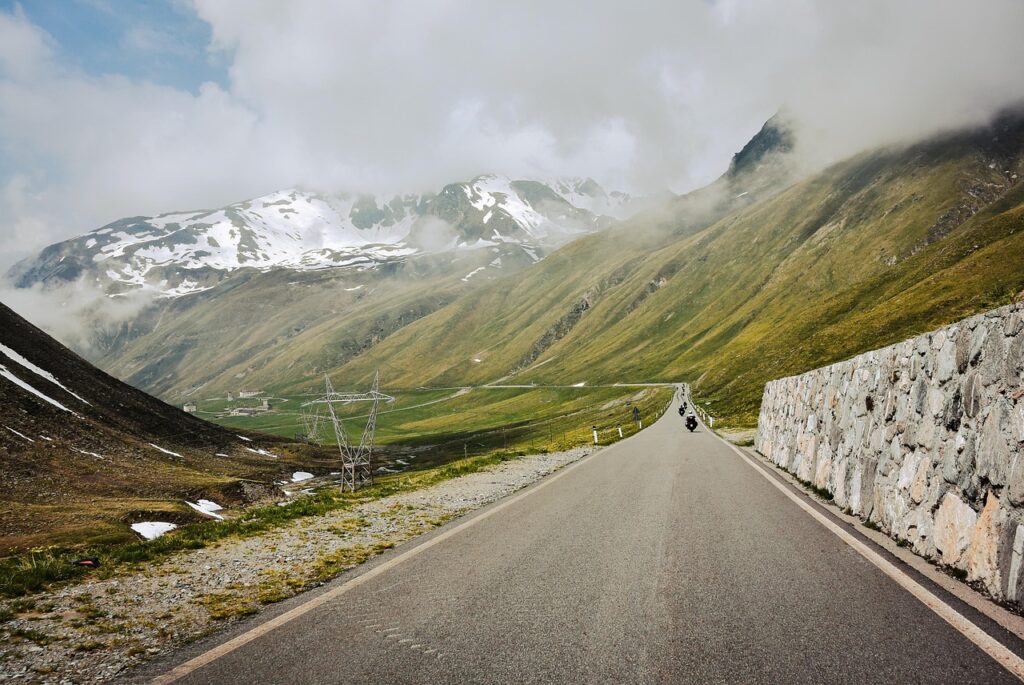
9. **The Rise of Micro-Trips for Frequent Resets**The contemporary travel landscape is marked by a significant embrace of the “micro-trip” revolution, a trend that allows Americans to maximize their downtime with short, impactful getaways. These focused excursions, typically spanning more than 100 miles from home and lasting two to four days, represent a practical and increasingly popular solution for navigating the desire for meaningful breaks without the extensive commitment of a week-long vacation. It is a strategic approach to leisure in a busy world.
This burgeoning trend is fueled by a pragmatic understanding that many individuals cannot always take extended time off work or simply do not wish to wait for a single, long holiday recharge. For those in major cities, in particular, micro-trips offer an especially ideal option for a quick reset, providing an accessible escape from urban pressures without significant logistical hurdles. It’s about frequent, restorative doses of travel.
The appeal of these shorter, more frequent journeys is manifold: they enable Americans to travel more often and to a greater variety of places without incurring exorbitant costs. Their brevity makes them easy to integrate between work deadlines, their spontaneity allows for midweek bookings, and their refreshing nature ensures they feel like a genuine break from the everyday. They demonstrate unequivocally that short distances do not equate to short durations of rejuvenation.
Destinations such as Lake George and Cape May are experiencing increased demand from nearby major metropolitan areas like New York, while regions like Starved Rock State Park serve as popular weekend getaways for Chicagoans. Similarly, a road trip to Laguna Beach offers a coastal retreat for those in Los Angeles. These examples underscore how micro-trips are reshaping regional travel patterns, offering convenient and frequent opportunities for discovery and relaxation close to home.
10. **Cool-cationing: Seeking Cooler Climates**In a notable departure from traditional summer holiday aspirations, an intriguing trend dubbed “cool-cationing” is gaining traction among American travelers in 2025. This involves a conscious choice to seek out destinations offering moderate weather, a stark contrast to the conventional sun-sea-and-sand vacations that have long defined the summer months. It reflects a re-evaluation of what constitutes an ideal summer escape.
Several factors contribute to the growing popularity of cool-cationing. For some, it is a direct response to increasing concerns about climate change, prompting a search for milder temperatures. Others are simply finding that the sheer popularity of traditionally warmer destinations has led to overcrowding and a less enjoyable experience, making cooler locales a more appealing and serene alternative for their summer travel plans.
Fortunately, the United States offers a wealth of destinations perfect for those dreaming of a cooler summer without needing to travel internationally. New England, with its Atlantic Ocean influence and northern latitudes, provides consistently milder summers throughout much of the region. In the Midwest, the Great Lakes and continental polar air masses ensure that northern states like Wisconsin and Michigan remain comfortably cool, making them excellent vacation spots.
The Pacific Northwest and Northern California also stand out as prime choices for visitors seeking cooler summer temperatures, thanks to the moderating effects of the Pacific Ocean. Whether traversing mountain ranges or cruising coastal routes in these regions, navigating varied terrain often demands a reliable and capable vehicle. An SUV is an ideal choice for mountain adventures, while a spacious station wagon can enhance scenic coastal drives, ensuring comfort and adaptability for any cool-cationing itinerary.
11. **Beyond the Big Cities: The Allure of Secondary Destinations**A compelling shift in traveler preference is leading many Americans beyond the well-trodden paths of major cities towards the distinctive charm of secondary destinations. In 2025, travelers are increasingly ditching busy, often overpriced urban centers for quaint, quiet small towns that promise unique attractions, a relaxed pace, and significantly better value. This trend emphasizes immersive experiences over bustling anonymity, reflecting a desire to step into a storybook setting characterized by cobblestone streets, vintage bookstores, and welcoming diners.
The appeal of these smaller locales is multifaceted and deeply resonates with the modern traveler’s mindset. A primary benefit is the escape from crowds, allowing for a more intimate and meaningful connection with both the destination and its inhabitants. Smaller towns inherently offer a slower way of life, freeing travelers from the pressure of packed itineraries and encouraging a leisurely pace where one can truly absorb the surroundings. This deliberate slowdown contributes to a more authentic and enriching experience.
Furthermore, the economic advantage is considerable; money tends to stretch much farther in small towns, translating into more discretionary funds for activities, local culinary delights, and unique souvenirs. This financial efficiency, coupled with the authentic atmosphere, makes secondary destinations a strategic choice for value-conscious adventurers. These hidden gems are redefining what a quintessential American getaway can be.
To inspire exploration beyond the metropolises, the context provides a diverse sampling of these captivating towns across various states: Eureka Springs, Arkansas; Carpinteria, California; Cedar Key, Florida; Dahlonega, Georgia; Sandpoint, Idaho; Natchitoches, Louisiana; Portland, Maine; St. Michaels, Maryland; Grand Rapids, Michigan; Whitefish, Montana; Virginia City, Nevada; Cape May, New Jersey; Albuquerque, New Mexico; Boone, North Carolina; Hood River, Oregon; Newport, Rhode Island; Rapid City, South Dakota; Salt Lake City, Utah; Port Townsend, Washington; and Jackson Hole, Wyoming. These locations exemplify the rich tapestry of experiences awaiting beyond the urban sprawl.

12. **Passion-Led Journeys: Traveling with Purpose**The evolution of travel in contemporary American culture extends far beyond mere sightseeing, giving rise to the captivating trend of “passion-tripping.” This concept, highlighted by Sixt Magazine, signifies a new approach where road trip itineraries are not just about reaching a destination but are meticulously crafted around specific personal interests, transforming journeys into adventures profoundly fueled by passion and purpose. It is about integrating hobbies and enthusiasm directly into the travel experience.
Whether the passion lies in music, sports, or a more niche hobby, these journeys are becoming an increasingly popular way to explore the world. Imagine a meticulously planned route that intricately winds through iconic musical hotspots, from the vibrant birthplace of jazz in New Orleans to the venerable home of country music in Nashville. Along such a journey, travelers can immerse themselves in live performances, delve into local music scenes, and connect directly with the rich cultural heritage that has shaped their favorite genres.
For devoted sports enthusiasts, the allure of a major league road trip offers the unparalleled thrill of experiencing live games in different stadiums across the country. Beyond the excitement of the games themselves, such a trip could be further enriched by visits to prestigious sports museums and other iconic landmarks relevant to the history and culture of American athletics. These experiences transcend the traditional fan journey, offering a comprehensive exploration of a chosen interest.
Ultimately, passion-led road trips are characterized by a profound emphasis on the journey itself, rather than solely on the final destination. They are designed to create lasting memories and foster a deeper engagement with the traveler’s chosen interest. The flexibility afforded by a personal vehicle allows for a customized itinerary, enabling exploration at one’s own pace, whether it involves sampling local cuisine, attending concerts, visiting specific landmarks, or simply soaking in the atmosphere that embodies their passion.
13. **Culinary Travel: An Immersive Gastronomic Adventure**In 2025, culinary travel has transcended the traditional paradigm of merely dining at acclaimed restaurants, evolving into an immersive gastronomic adventure that connects travelers directly to the very origins of the food they consume. Today’s discerning food enthusiasts seek a deeper understanding and a more intimate engagement with their cuisine, valuing authentic experiences that tell the story behind each dish. This marks a significant shift from passive consumption to active culinary exploration.
These enriching experiences encompass a broad spectrum of activities designed to educate and engage. From hands-on cooking classes that demystify regional specialties to informative farm tours that illustrate sustainable practices, and even foraging workshops that teach how to identify and gather wild ingredients, culinary travelers are actively pursuing opportunities to understand the intricate journey of their food from source to plate. This intentionality elevates eating into an educational and cultural pursuit.
For those eager to embark on such a sensory expedition, a “Taste of America” road trip offers the perfect synthesis of exploration and indulgence. This type of journey is specifically designed for food enthusiasts to experience the rich tapestry of regional specialties across the United States. Imagine savoring the spicy Cajun cuisine of Louisiana, indulging in the hearty barbecue traditions of Texas, or delighting in the fresh, succulent seafood of New England, all within a single, curated trip.
Planning such a culinary road trip involves meticulously mapping out key destinations renowned for their distinctive food cultures and researching local eateries, vibrant farmers’ markets, and engaging food festivals to ensure a truly rich and varied tasting experience. Crucially, many of America’s most authentic and rewarding culinary experiences are often found off the beaten path, nestled in rural areas and small towns that are most effectively accessed by car, thus underscoring the indispensable role of the road trip in this gastronomic exploration.
14. **Evolving Accommodation Preferences and Roadside Culture**The contemporary road trip experience is not only defined by where travelers go and why, but also by how they choose to stay and interact with the evolving culture of the open road. While hotels and motels continue to be a primary choice for a significant portion of travelers—specifically 58%—there is a notable shift occurring in accommodation preferences, particularly among younger demographics, indicating a diversification of lodging options.
Platforms like Airbnb and VRBO are rapidly gaining traction, reshaping how many Americans conceive of their temporary homes on the road. This trend is particularly pronounced among Gen Z, where 33% now favor home rentals, a rate that is three times higher than that of Baby Boomers. This generational divergence suggests a preference for more personalized, often community-integrated, and potentially budget-friendly lodging that aligns with their travel ethos.
Beyond accommodation, the broader roadside culture is also experiencing a nuanced evolution. While a considerable majority of Americans, specifically 8 out of 10, maintain that they would not pick up a hitchhiker, a contrasting sentiment emerges within younger generations. Nearly 60% of Gen Z indicate they would consider doing so, serving as a distinct reminder that these younger travelers are often navigating their journeys by a different set of social rules and openness.
Complementing these shifts in lodging and social interaction is the omnipresent influence of pop culture, particularly the curated soundtracks that accompany countless miles. The ultimate road trip vibe is often set by music, and in this regard, Rihanna surpasses Beyoncé and Taylor Swift as the most wanted artist on the road, with 38% of Americans choosing her to lead their playlists. Yet, the enduring appeal of classics like “Sweet Home Alabama” and “Don’t Stop Believin’” still ensures their top spots on Spotify’s most-streamed road trip anthems, blending modern tastes with timeless nostalgia.
The resurgence of the American road trip in 2025 is clearly more than a fleeting trend; it is a profound reset, reflecting a national desire for intentionality, control, and authentic connection in a complex world. From seeking quiet digital escapes and embracing the efficiency of micro-trips to exploring culinary landscapes and gravitating towards cooler, quieter towns, each mile driven is a step towards a more personalized and purposeful journey. This reimagined open road offers not just destinations, but a spectrum of experiences tailored to the modern American spirit, proving that the greatest adventures are often found when we choose our own path, at our own pace, and with our own evolving rules.

